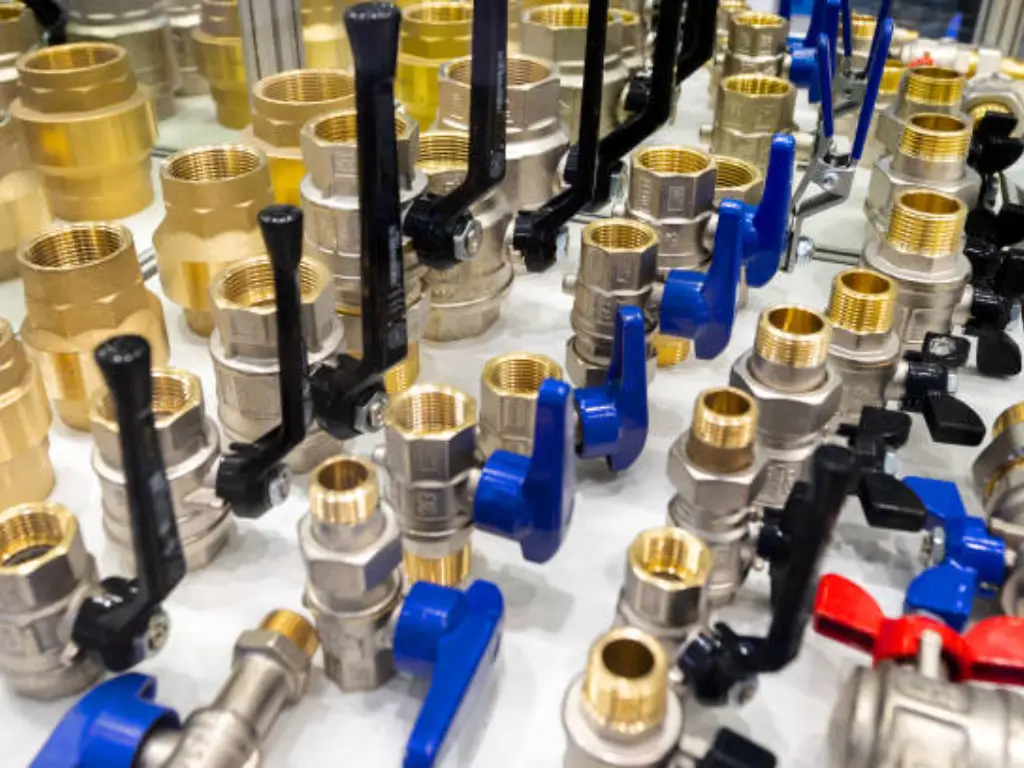
Introduction
Various types of valves are used for different purposes which include globe valves, gate valves and ball valves. Ball valves are among the leading in terms of durability and effectiveness hence the reason for their wide use in industries such as, oil and gas, chemical processing industry and water treatment corporations. A common area of concern is the differentiation between full port and standard port ball valves, which brings about significant alterations in system performance. In this post, we will explore these differences to help you choose the right one wisely through a description of its strengths.
Understanding Full Port Ball Valves
A full port ball valve is designed with straight flow path which the bore size thereby no restrictions to flow, maximum flow rate and minimum pressure drop. In its open state, the inside of the valve aligns with the pipe so that fluids can pass through without any hindrance. With respect to this fact, full port ball valves are best suited for applications where efficient liquid flows at high rates with little obstruction is required.
Defining Standard Port Ball Valves
A standard port ball valve is a reduced port valve design whereby the valve port size is smaller than the pipe size. This restricts the flow hence increasing pressure drop and reducing flow rate in comparison to full port valves. When this valve is open, the liquid flows through a smaller passage due to the fact that its internal diameter (the dimensions of which are decreased) remains within the sphere inside it. Such a structure is ideal for application where there is no need for high flow, thereby presenting savings on cost as well as compact installation.
Key Differences Between Full Port and Standard Port Ball Valves
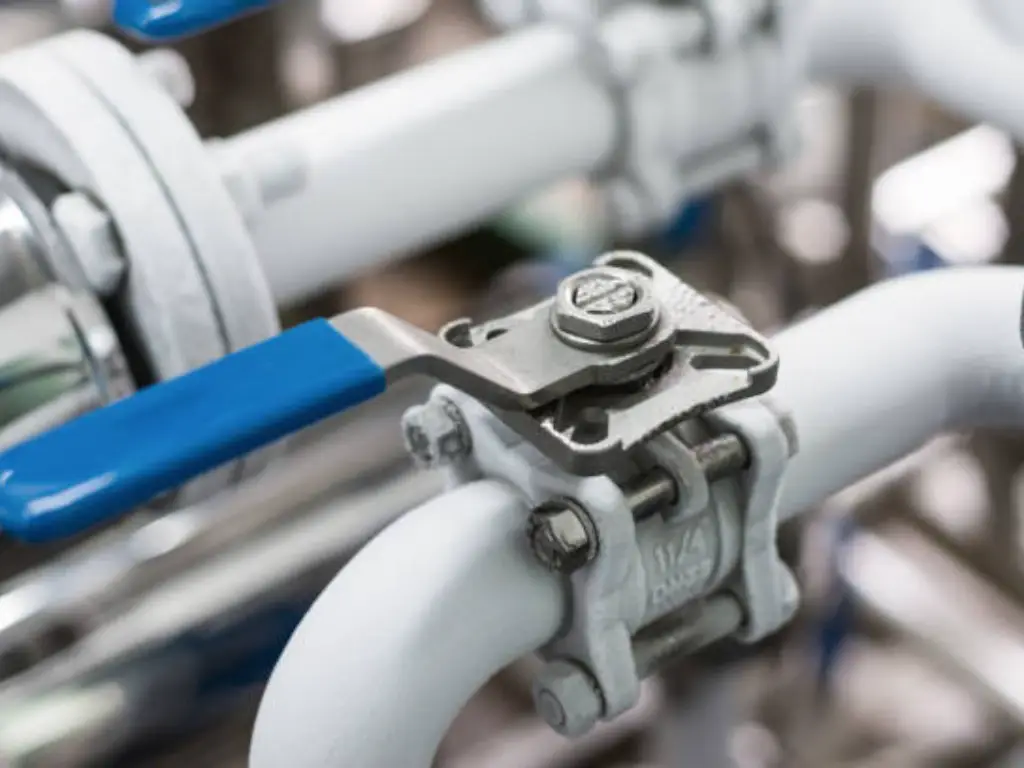
When comparing the full port ball valve and the standard port ball valve, some important differences come to light which influence their performance and suitability in various applications. These include flow capacity, pressure drop, cost, applications and maintenance requirements.
Flow Capacity
Full port ball valves have an oversized ball and a large bore, which results in flow resistance that is as insignificant as possible. On the contrary, standard port ball valves have a smaller bore so they can be used for limited flow purposes. For instance, although a 2-inch full port ball valve can deliver up to 200 GPMs of flow, a similar size standard port valve could handle approximately 150 GPMs. This disparity may greatly impact a system’s performance especially in situations where maximum flow is important.
Pressure Drop
Pressure drop across the valve is one of the most critical factors for valve selection. Full port ball valves have almost no pressure drop due to their larger internal diameter equaling that of pipeline; it reduces turbulence while maintaining pressure efficiency. However, standard port ball valves bring about substantial pressure drops. For example, whereas with full-port valve, this may be less than 1 psi then a standard port valve might cause around 3-5 psi pressure loss. Due to this difference, full ports are suitable for applications with high efficiency combined with minimal pressure drop requirements in them as well
Cost Considerations
The cost of course must be included in valve selection. Full port ball valves tend to be more expensive in terms of size and cost of materials used in fabrication process. While the upfront cost might be higher, this can be offset by operational savings due to high efficiency levels. On the other hand, standard port valves are less costly initially and they are applicable where a slight drop in flow or efficiency is permittable.
Application Suitability
Specific application also determines whether one should use a full port or a standard port ball valve choice between them too. For example, full port ball valve serves best in applications involving free flowing like food industries or flow systems handling viscous fluids; neither clogging nor decrease in water rate occurs with it. Standard port valves, however, find their use where limited space is available and there can be a small reduction in flow like residential plumbing or smaller industrial systems.
Maintenance and Durability
Maintenance and durability should be considered when looking at these types of valves. Full-port ball valves have bigger bores which simplify their cleaning processes and do not clog easily. These increase their lifespan hence reducing maintenance expenses unlike standard port valves that might need frequent maintenance although offer high performance, especially if used in high debris environments.
Pros and Cons of Full Port Ball Valves
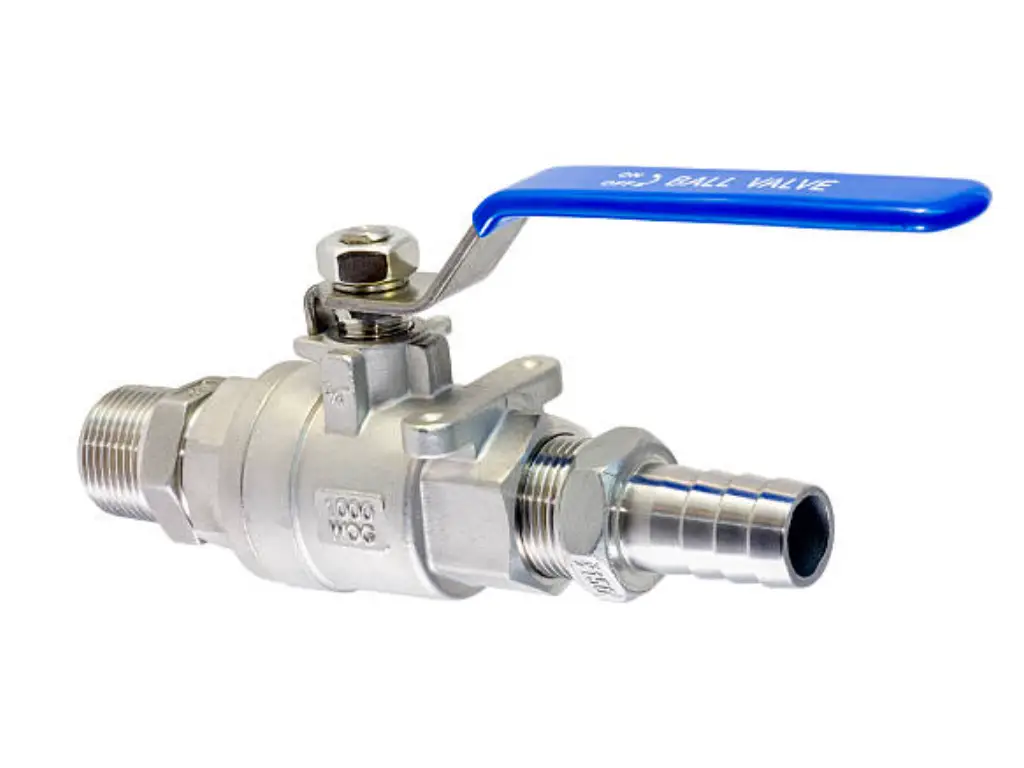
Advantages of Full Port Ball Valves
- High Flow Capacity: One of the most outstanding benefits of full port ball valves is that they have high flow capacity. These valves are made in such a way that their inner diameter matches with the pipe size so as to allow movement of fluids with minimal resistance. This design reduces any limitations to fluid flow and ensures maximum performance especially in operations where it’s crucial to maintain a high flow rate. For example, in an industrial process requiring quick transfer of large volumes of liquids, this capability can drastically increase operational efficiency.
- Minimal Pressure Drop: Manufactured for reduction of pressure drop across the valve. These valves have a wide bore size which minimizes turbulence or friction loss as fluids move through them, thus there is no obstruction to flow. This feature is particularly important for systems that require maintenance of pressure levels, for instance in hydraulic systems whereby minimal pressure drops are key indicators for reducing energy involved in pumping fluids through the system.
- Versatility and Application Suitability: Valves like full port ball valves are highly versatile and can be used in numerous applications such as water treatment facilities or chemical processing industries among others. They are clog-resistant, hence appropriate for handling viscous materials and those with particles suspended within them. As an example within food industry, full port ball valves facilitate cleanliness while preventing contamination due to their ease-to-clean nature.
- Durability and Longevity: Made from tough materials, full port ball valves are reputed for their durability and long service lives. They can handle high pressures and temperatures thereby being useful under stressful conditions. This durability comes along with reduced repair bills as well as fewer replacements leading to long-term saving on costs.
Disadvantages of Full Port Ball Valves
- Increased Initial Costs: The drawback of full port ball valves is the fact that they are expensive to buy at inception. When constructing these items, larger sizes and more materials are required than for conventional ones hence their general increase in price. Thus, the cost comes into play significantly especially when its high and as a result, it may not be used in some applications due to low budget.
- Space Requirements: Full port ball valves are bigger and heavier as compared to other standard port valves. This can be disadvantageous in installations with limited spaces. Installation of a full port valve in dense systems may necessitate extra accommodation which might complicate the process of installation and result into increased total costs for the whole system.
Pros and Cons of Standard Port Ball Valves
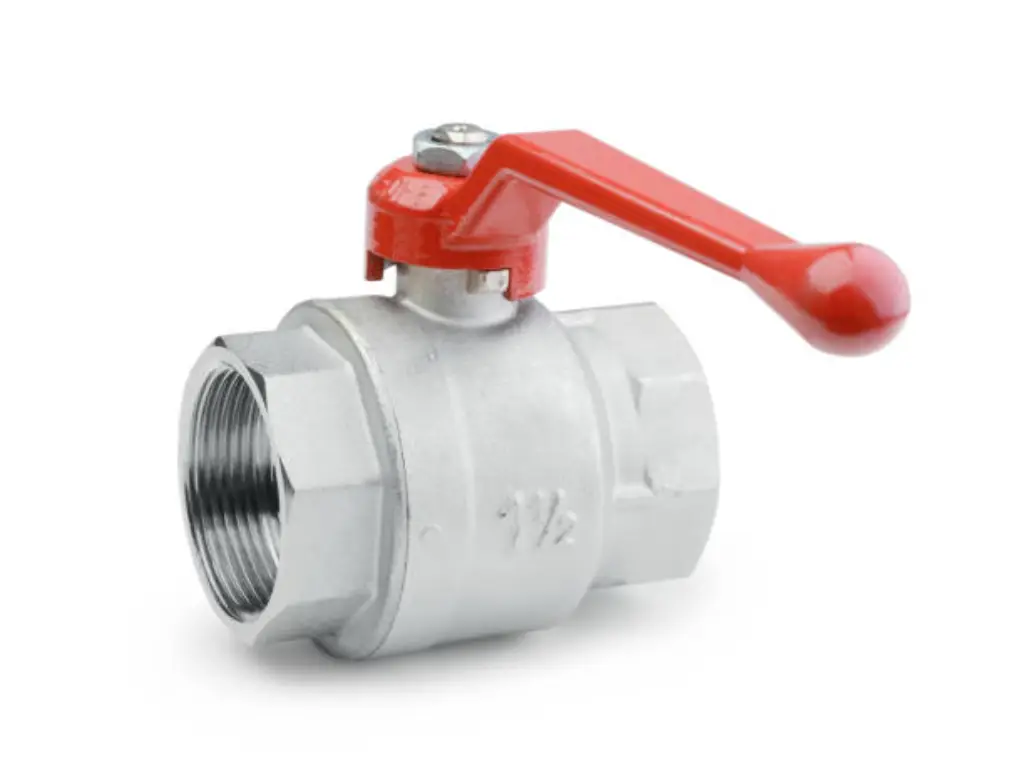
Advantages of Standard Port Ball Valves
- Cost-Effective: Standard port ball valves are cost-effective due to the fact that they require less material for manufacture as compared to their full port counterparts, which leads to their lower purchase price. This kind of saving is very important in large scale projects, where there can be multiple valves needed. For example, using standard port valves could be one way of keeping down overall costs of residential plumbing systems while maintaining basic functionality.
- Compact Design: Standard port ball valves are generally smaller and lighter than full ports. In cases where space is limited, this makes them very ideal. In industrial applications such as a tight setup or residential piping- the installation and maintenance of standard port valve becomes easy simply because they are small sized hence occupy little space. Their smaller footprint allows for easier integration into existing systems, providing flexibility in various spatial configurations.
- Adequate for Moderate Flow Rates: For many applications, slightly reduced flow capacity on the part of standard port ball valve is not any big disadvantage at all. They work well in systems that do not require maximum flow rates. Take water distribution networks or HVAC systems. For instance – these ones need reliable performance, which could be ensured by standard port ball valves without necessarily having full ports with higher capacity.
Disadvantages of Standard Port Ball Valves
- High-pressure drop: The main shortcoming of the common port ball valve is a higher pressure drop across the valve. Smaller bore size leads to increased fluid velocity and turbulence, which in turn results in more frictional losses. Pressure drops cause problems in systems where maintenance of pressure is important. For instance, the use of standard port valves in high-precision fluid control systems can lead to reduction in overall efficiency and performance due to their inherent pressure drops.
- Prone to Clogging: Standard port ball valves tend to clog faster than full-port ones because they have smaller internal diameters especially when dealing with fluids with solids or having high viscosity. This may increase maintenance needs as well as cause potential downtime. In some instances, such as in chemical processing, where fluid purity and consistency are critical, there exist serious concerns about plugging with standard ports.
- Flow Capacity Limitations: Despite being sufficient for many applications, the flow capacity of standard port ball valves may become a disadvantage for them in certain occasions of high demand applications. Where maximum flow is necessary like firefighting systems or large-scale irrigation setups, restricted flow could limit performance outcomes. Thus standard ports may not be suitable for all high-flow uses hence calling for application of full ports instead.
When to Use Full Port Ball Valves?
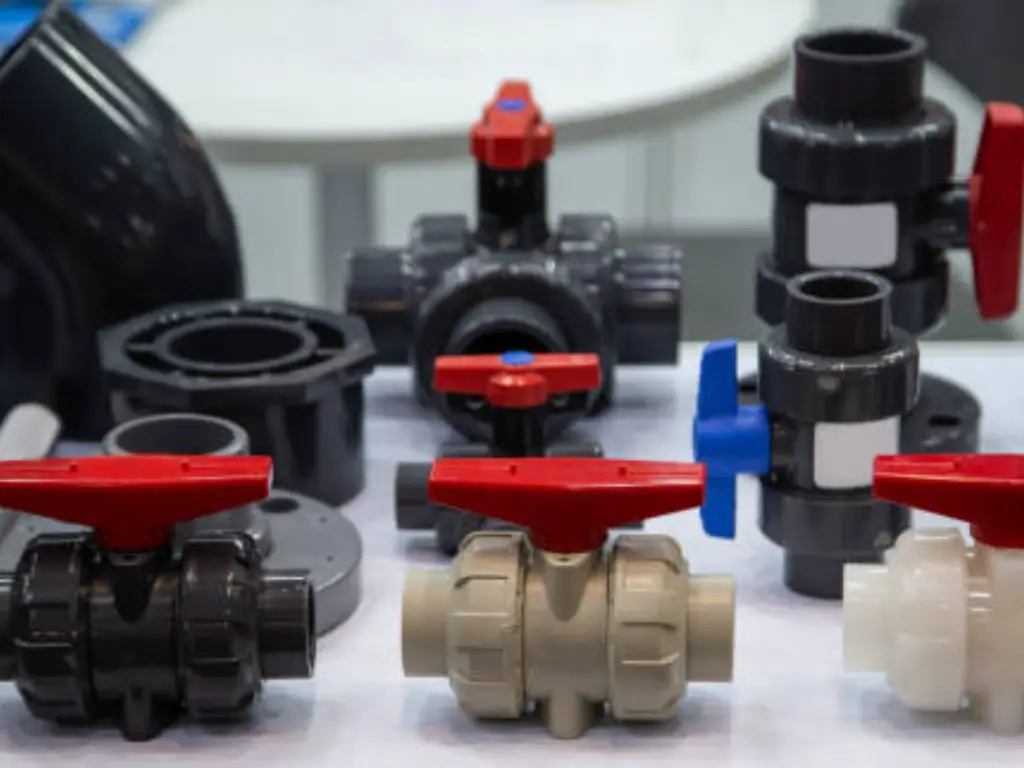
The use of full port ball valves is recommended in certain applications due to their unique attributes which enhance their performance tremendously. Below are several cases where full port ball valves can be highly beneficial:
High Flow Rate Applications
Full bore valves are necessary for applications that involve high flow rates. They contain a large internal diameter similar to that of the pipeline to enable maximum fluid flow and minimum resistance. In water treatment and supply businesses, full bore ball valves are mostly used to promote smooth flow. For instance, municipal water supply systems rely on these devices to keep the pressure and flow rate within ranges suitable for uninterrupted delivery of water.
Low Pressure Drop Requirements
In situations where maintaining pressure is essential, full bore ball valves should be employed. The low-pressure difference ensures system efficiency at its best. This is particularly applicable in hydraulic systems and long pipeline runs where pressure losses may heavily impair performance. By doing so it assists in saving energy and reducing load on pumps as well as compressors thus lowering operating costs when using full bore ball valves during such occasions.
Handling Viscous Fluids and Solids
Applications that involve viscous fluids or those with solids require the use of full port ball valves. They can allow dense or fluals mixed with particles pass through without jamming because of its wide bore. Occasionally, fluid viscosity as well as particulate matter proves difficult to deal with, especially in industries like food processing, beverage manufacturing, chemical production and oil industry. For instance, in a food processing plant, full-port ball valve allows smooth flow of thick sauces thus keeping up productivity.
Clean-In-Place (CIP) Systems
In areas where cleanliness is paramount to everything else, the full port ball valves form a core component of Clean-in-Place (CIP) systems. The large smooth interiors make them easy to clean hence no residues can be pleased on the surfaces. For instance, pharmaceutical companies and biotech firms employ CIP systems so that they can have clean environments throughout the processes. Full-port ball valve ensures cleaning solutions get into system cost effectively reducing contamination risks while maintaining strict hygiene standards for compliance purposes.
High-Temperature and High-Pressure Environments
Designed to withstand high temperatures and pressures, full port ball valves are suitable for use in demanding environments. In industrial or power generation plants, these valves serve as an assurance of safety and reliability especially when it comes to steam and high-pressure fluids. They are necessary for such settings because of their strong make up that can handle extreme conditions while still performing well.
Applications Requiring Unrestricted Flow
Lastly, full port ball valves are most appropriate in applications that require unrestricted flow. For instance, fire protection systems require these valves to provide enough flows that would be effective in firefighting activities. In the same manner, irrigation systems have huge areas under cultivation requiring water to be delivered effectively by means of full port ball valves so as to enhance agricultural productivity.
When to Use Standard Port Ball Valves?
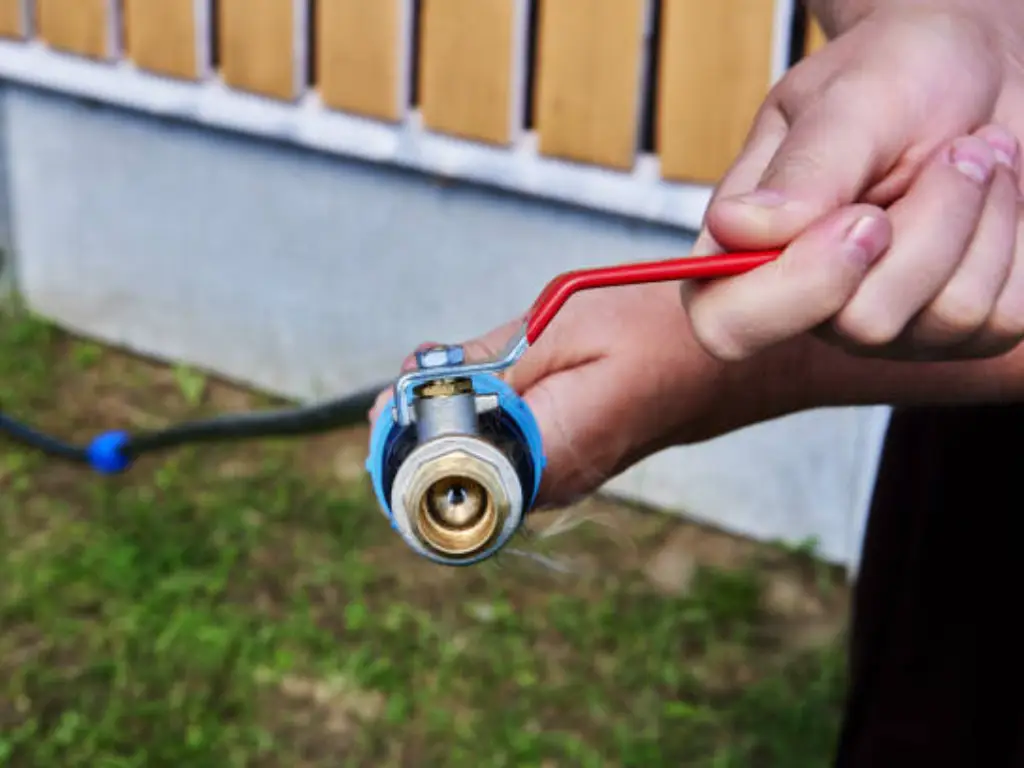
Standard port ball valves are both cost-effective and practical for many applications. Although they may not have the same high flow capacity as full port valves, there are some advantages in certain situations that may make them a better choice. These are some of the main situations where standard port ball valves show their full potential:
Cost-Conscious Projects
When budget is a primary concern, standard port ball valves are ideal for projects with tight financial constraints. They have cheaper raw material costs and simpler designs than their full-port counterparts and this makes them less expensive. This cost-effectiveness has made them popular in domestic plumbing systems, small commercial installations and other undertakings where large flows are non-essential aspects of service delivery. For instance, in an average household water supply system, standard port ball valve offers dependable operation without costing as much as a full port valve.
Space-Constrained Installations
Compactness makes standard port ball valves most suitable for installations where space is at premium . The smaller size and lighter weight make installation easier in narrow or crowded locations like those found under sinks, behind appliances or inside small machinery. Henceforth they become more valuable to use in residential homes as well as small commercial buildings were using available space effectively matter most. Their installation ease and maintenance within constricted spaces can lead to reduced labour charges alongside low down-time during repair periods.
Moderate Flow Rate Requirements
Standard port ball valves are sufficient for systems that don’t need maximum flow rates. They are also applicable to instances where acceptable moderate flow is needed, like in HVAC systems, irrigation setups, general water distribution networks or any other system. For example, in an HVAC system, standard port ball valves efficiently regulate the flow of water or refrigerant thus guaranteeing effective performance without demanding the higher capacity provided by full port valves.
General Industrial Use
In general industrial applications where high flow rates and low pressure drops are not critical to specific requirements, standard port ball valves perform adequately than desired. They are commonly employed in manufacturing processes, chemical handling, and utility systems that require only moderate flow control. For instance, within factory setup standard ports water cooling machinery thereby ensuring smooth operations minus the intensified flows linked with full ports.
Routine Maintenance and Replacement
The simpler design and lower price of standard port ball valves make them easier to replace or service than others. Therefore, choosing standard port valves in highly turnover applications with high maintenance requirements has significant savings. Such places include temporary installations or some chemical processing plants that need frequent servicing.
Applications with Low Viscosity Fluids
The small bore size is not a major disadvantage while dealing with low-viscosity fluids in standard-port ball valves. They are able to efficiently handle fluids such as water, air and light oils. Since these situations hardly require clogging and for the valve to function normally without using a bigger and more costly full port valve, it fits perfectly into homes plumbing systems, irrigation systems or light industrial processes.
Final Thoughts
Selecting the appropriate valve for your system requires that you understand the main variations between full port ball valves and standard port ball valves. By looking at things like flow rate, pressure drop, and system conditions, one can make an educated choice that guarantees optimum performance and efficiency.
Regardless of whether you decide to go for a full or standard port model, each category boasts peculiar benefits that are customized to particular needs. By making sure that your decision corresponds with the requirements of your system, you will have a chance to achieve constant and efficient functioning, thus prolonging the life expectancy and effectiveness of your plumbing installation or pipeline.
Question?Keep in touch! Please feel free to contact us at info@dombor.com.









